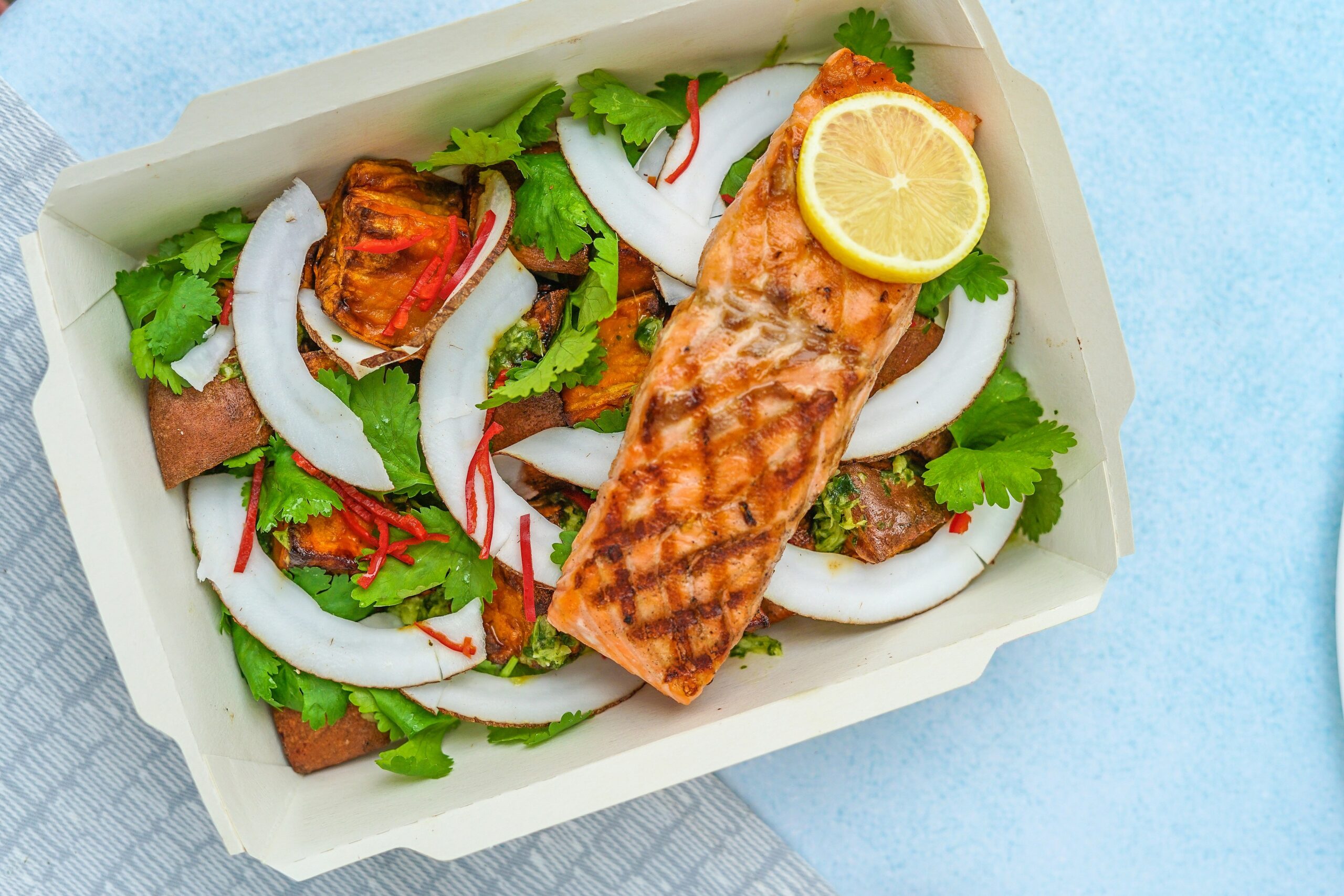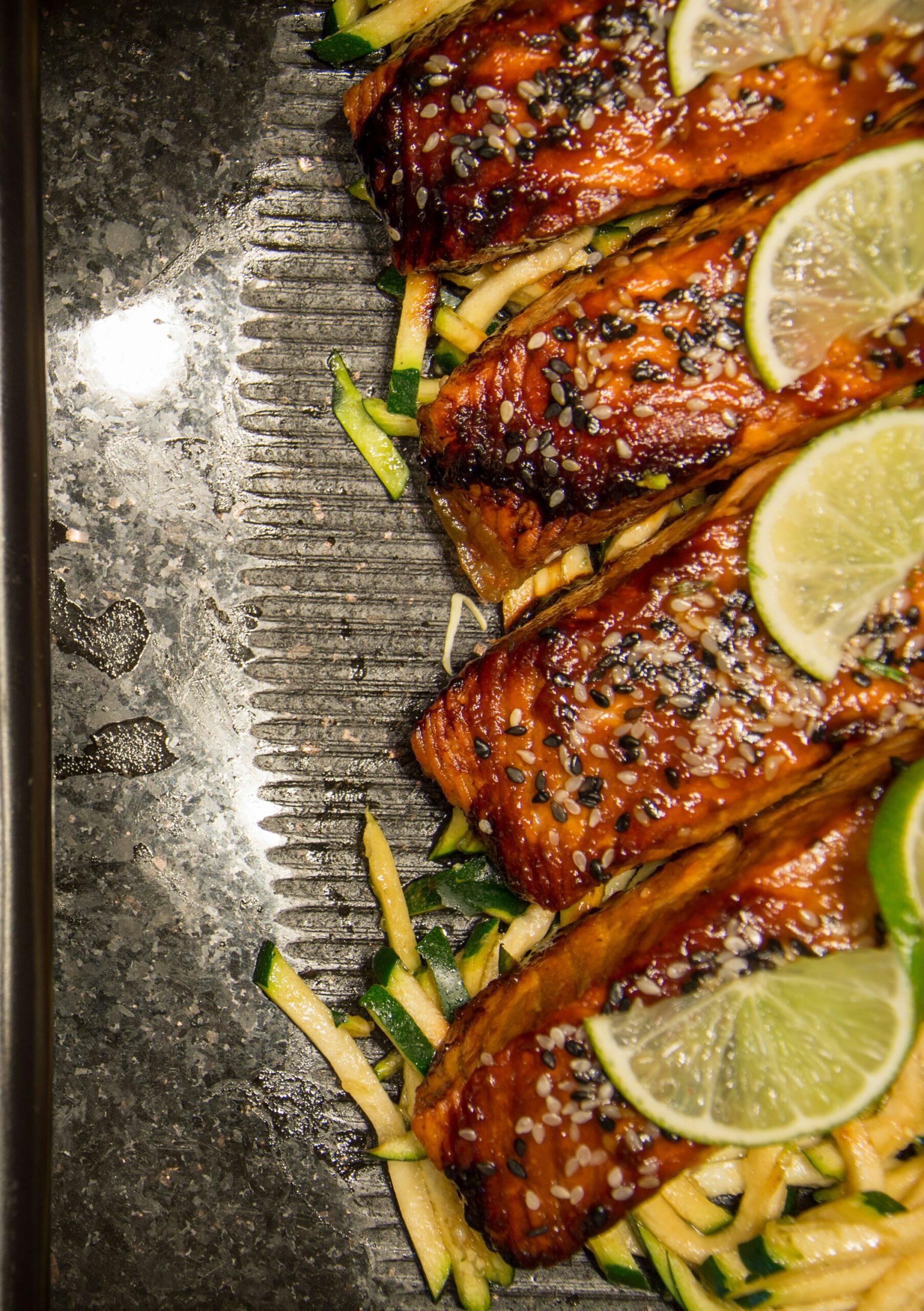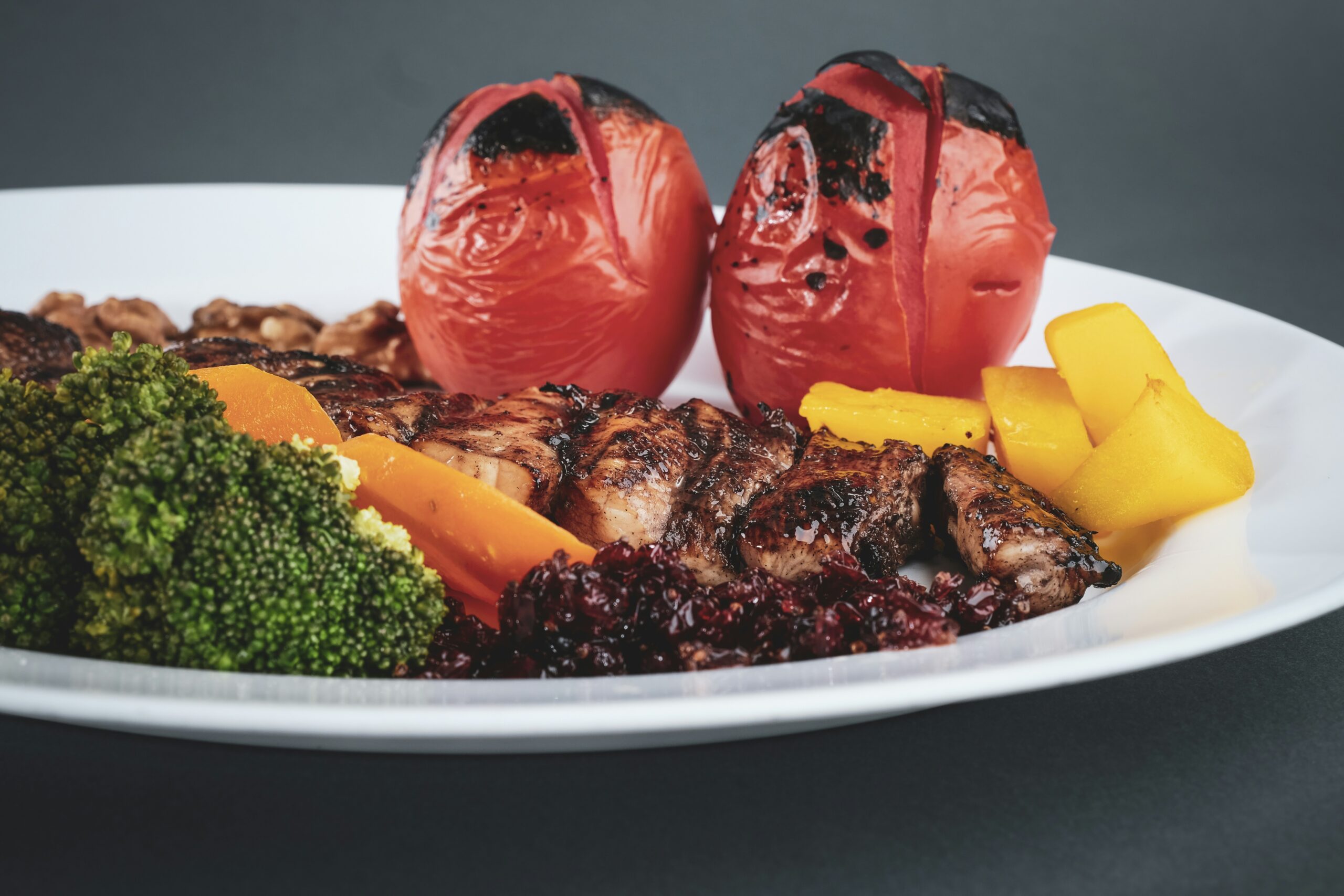Have you ever wondered how to manage a low-carb diet without triggering ketosis? While low-carb diets are quite popular, not everyone is eager to enter ketosis. Whether it’s due to personal preference, lifestyle choices, or specific dietary needs, you might be looking for a way to reduce your carbohydrate intake without pushing your body into burning fats for fuel. Let’s explore this approach and how you can maintain a balanced, low-carb diet without entering ketosis.
Understanding Low-Carb and Ketosis
What is a Low-Carb Diet?
A low-carb diet limits carbohydrates—primarily found in sugary foods, pasta, and bread—focusing instead on foods high in protein and fat. There are various types of low-carb diets, and research shows they can result in weight loss and improved health markers.
What is Ketosis?
Ketosis is a metabolic state where your body uses fat as its primary fuel source, rather than carbohydrates. This occurs when carb intake is dramatically reduced, lowering insulin levels, and causing the body to break down fat for energy. The liver produces ketones, which can supply energy for the brain.
Differences Between Low-Carb and Ketogenic Diets
The key difference lies in the amount of carbs consumed. While a typical low-carb diet can vary widely in carb content, a ketogenic diet restricts carb intake to about 20-50 grams per day, pushing the body into ketosis.
Benefits of Low-Carb Diets Without Ketosis
Weight Management
You can still lose weight on a low-carb diet that doesn’t induce ketosis by creating a calorie deficit and improving your metabolic rate. Reducing carbohydrate intake generally leads to eating fewer calories, thus helping with weight management.
Blood Sugar Control
Many people adopt a low-carb diet to help manage or prevent diabetes. A lower carbohydrate intake can stabilize blood sugar levels and lower insulin resistance, even if it doesn’t induce ketosis.
Avoiding Potential Side Effects of Ketosis
Entering ketosis isn’t without its drawbacks. Some individuals experience the “keto flu,” insomnia, fatigue, or digestive issues. A moderate low-carb diet may help you achieve the benefits of carb reduction without these side effects.

Strategies for Low-Carb Eating Without Ketosis
Calculate Your Carbohydrate Needs
Begin by determining how many carbs you should consume to avoid ketosis. This varies individually, but typically, staying above 50 grams of carbs per day is key.
Carb Intake Guidelines:
| Diet Type | Amount of Carbs |
|---|---|
| Low-Carb | 50-150 grams/day |
| Keto | 20-50 grams/day |
Focus on Nutrient-Dense Foods
Prioritize vegetables, fruits, and whole grains that provide essential vitamins and minerals without excessive carbs. Emphasize these in your meals to improve nutritional value.
Incorporate Healthy Fats and Proteins
Balancing healthy fats and proteins can stabilize energy levels and keep you feeling full. This helps in managing hunger and supporting metabolic health without pushing you into ketosis.
Practice Portion Control
Maintaining portion control helps ensure you’re not overconsuming calories while still enjoying foods you love. Adjust your portion sizes to your activity level and caloric needs.
Meal Planning and Preparation
Sample Meal Plan
Design a meal plan to ensure you’re hitting your macronutrient targets without going overboard on carbohydrates.
Example Day:
| Meal | Foods | Carb Count (approx.) |
|---|---|---|
| Breakfast | Avocado and eggs, tomato slices | 12g |
| Snack | Nuts and seeds mix | 8g |
| Lunch | Grilled chicken salad with olive oil | 15g |
| Snack | Greek yogurt with berries | 18g |
| Dinner | Baked salmon with asparagus | 20g |
| Total | 73g per day |
Grocery Shopping Tips
- Stick to the outer aisles of the store where fresh produce, proteins, and dairy are typically located.
- Read labels to check carb content, especially with packaged foods.
- Create a list to prevent impulse buys that might derail your carb goals.

Adjusting to Your Lifestyle
Finding Balance
Adapting your low-carb diet to fit your lifestyle is crucial. If you’re active, you might need more carbs to fuel workouts, adjusting your intake as needed.
Listening to Your Body
Pay attention to how your diet makes you feel. If you feel fatigued or notice any unusual symptoms, reassess your carb intake. Make gradual adjustments as needed to maintain energy and health.
Enjoying Social Events
Smart Dining Choices
Whether dining out or attending a social gathering, look for dish options that align with your low-carb objectives. Opt for salads, grilled meats, and vegetable sides over carb-heavy meals.
Moderation and Mindfulness
Practicing moderation allows you to enjoy yourself without compromising your goals. Be mindful of what you’re eating and drinking, and try to stick to your planned intake as closely as possible.

Conclusion
While the goal of cutting carbs often leads many to consider ketosis, it’s entirely feasible to maintain a low-carb diet without entering that metabolic state. By understanding your carbohydrate needs, emphasizing nutrient-dense foods, and crafting a flexible meal plan, you can enjoy the benefits of low-carb eating tailored to your lifestyle. Keep listening to your body’s cues, adjust your strategies as needed, and find your balance between health goals and everyday life.

